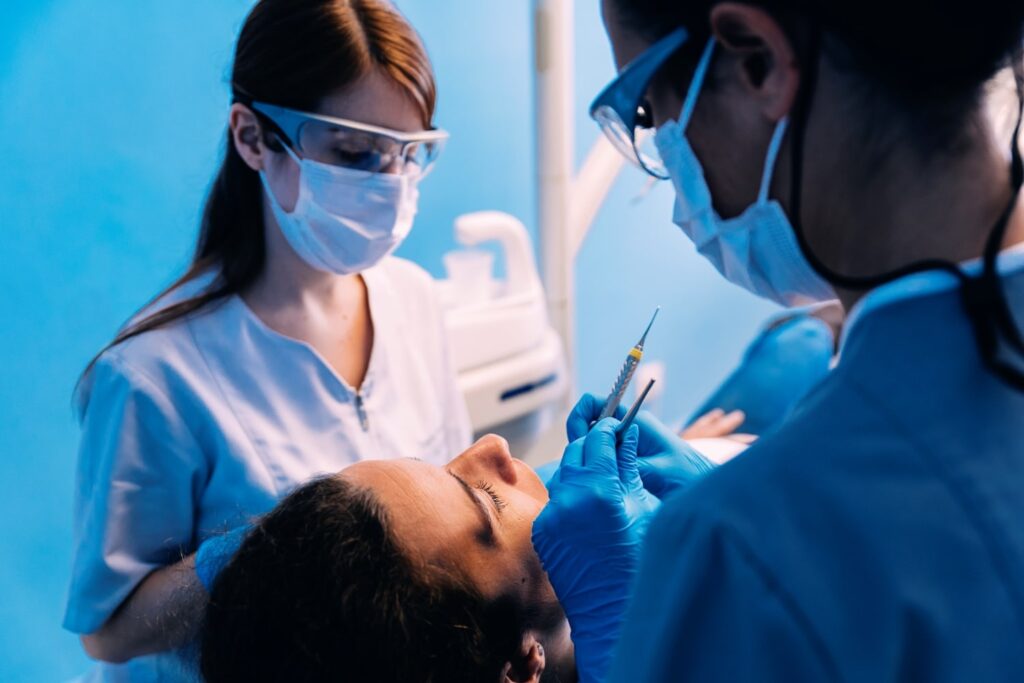Change Your Smile TODAY!
The quickest and most effective way to change your smile is to whiten it! Sorting through all you hear about whitening your teeth today can be challenging – there are no shortages of products that claim to whiten teeth. So what are your best options?
Everybody loves a bright white smile, and there are a variety of products and procedures available to help you improve the look of your smile.
Learn about some whitening options
We can take several approaches to whiten your smile

Lorem ipsum dolor sit amet, consectetur adipiscing elit. Ut elit tellus, luctus nec ullamcorper mattis, pulvinar dapibus leo.

Lorem ipsum dolor sit amet, consectetur adipiscing elit. Ut elit tellus, luctus nec ullamcorper mattis, pulvinar dapibus leo.

Lorem ipsum dolor sit amet, consectetur adipiscing elit. Ut elit tellus, luctus nec ullamcorper mattis, pulvinar dapibus leo.
The most effective method for quick results
Many people are satisfied with the sparkle they get from brushing twice daily with a fluoride-containing toothpaste, cleaning between their teeth once a day and the regular cleanings at our office. If you decide you would like to go beyond this to make your smile look brighter, we invite you to ask about all of your options.
In-office systems contain from 15% to 40% peroxide.
At-home systems contain from 3% to 20% peroxide (carbamide or hydrogen peroxides).
Both tooth-whitening options use peroxide-based bleaching agents.
Generally, the longer you keep a stronger solution on your teeth, the whiter your teeth become. However, the higher the percentage of peroxide in the whitening solution, the shorter it should be applied to the teeth. Keeping the gel on longer will dehydrate the tooth and increase tooth sensitivity.
There are pros and cons to each option, but before you try At-home tooth-bleaching systems, be sure to talk to us. Not everyone will see good results. Please know that bleaching will not whiten porcelain crowns or composite tooth-colored bondings.
ADA’s Statement on the Safety and Effectiveness of Teeth Whitening Products
For more than a decade, the ADA Council on Scientific Affairs has monitored the development and the increasing numbers of teeth whitening oral hygiene products. As the market for these products grew, the Association recognized a need for uniform definitions when discussing whiteners.
For example, “whitening” is any process that will make teeth appear whiter. This can be achieved in two ways. A product can bleach the tooth, which means that it actually changes the natural tooth color. Teeth whitening products contain peroxide(s) that help remove deep (intrinsic) and surface (extrinsic) stains. By contrast, non-bleaching whitening products contain agents that work by physical or chemical action to help remove surface stains only.
Whitening products may be administered or dispensed by dentists or purchased over-the-counter (OTC) and can be categorized into two major groups:
Peroxide-containing whiteners or bleaching agents (Dentist-dispensed and OTC home-use products); and Whitening toothpastes (dentifrices).
All of the products in the peroxide-containing category that bear the ADA Seal of Acceptance contain 10 percent carbamide peroxide. There are many whitening options currently available to consumers both from the dentist as well as from retail outlets. The ADA recommends that if you choose to use a bleaching product you should only do so after consultation with a dentist.
In a water-based solution, carbamide peroxide breaks down into hydrogen peroxide and urea, with hydrogen peroxide being the active bleaching agent. Other ingredients of peroxide-containing tooth whiteners may include glycerin, carbopol, sodium hydroxide and flavoring agents.
Accumulated clinical data on neutral pH 10 percent carbamide peroxide continue to support both the safety and effectiveness of this kind of tooth-whitening agent. The most commonly observed side effects to hydrogen or carbamide peroxide are tooth sensitivity and occasional irritation of the soft tissues in the mouth (oral mucosa), particularly the gums. Tooth sensitivity often occurs during early stages of bleaching treatment. Tissue irritation, in most cases, results from an ill-fitting tray rather than the tooth-bleaching agents. Both of these conditions usually are temporary and stop after the treatment.
Professionally applied teeth whitening

There are many professionally applied tooth whitening bleach products. These products use hydrogen peroxide in concentrations ranging from 15 percent to 35 percent and are sometimes used together with a light or laser, which reportedly accelerates the whitening process. Prior to application of professional products, gum tissues are isolated either with a rubber dam or a protective gel. Whereas home-use products are intended for use over a two-to-four week period, the professional procedure is usually completed in about one hour. Currently, all of the professionally applied whiteners that have the ADA Seal contain 35 percent hydrogen peroxide, although this concentration is not a requirement of the program.
As with the 10 percent home-use carbamide peroxide bleach products, the most commonly observed side effects of professionally applied hydrogen peroxide products are temporary tooth sensitivity and occasional irritation of oral tissues. On rare occasions, irreversible tooth damage has been reported.
The ADA advises patients to consult with their dentists to determine the most appropriate treatment. This is especially important for patients with many fillings, crowns, and extremely dark stains. A thorough oral examination, performed by a licensed dentist, is essential to determine if bleaching is an appropriate course of treatment. The dentist then supervises the use of bleaching agents within the context of a comprehensive, appropriately sequenced treatment plan.
Whitening toothpastes
Whitening toothpastes (dentifrices) in the ADA Seal of Acceptance program contain polishing or chemical agents to improve tooth appearance by removing surface stains through gentle polishing, chemical chelation, or some other non-bleaching action. Several whitening toothpastes that are available OTC have received the ADA Seal of Acceptance.
ADA February 2005
Schedule your teeth whitening dental visit for you and your family today by calling The Right Smile Center in Sandy Springs at 404-256-3620 and in Chamblee at 770-455-6076. Our dental office is conveniently located on Carpenter Drive in Sandy Springs and Chamblee Dunwoody Road in Chamblee ,where we serve patients from Sandy Springs, Roswell, Dunwoody, Brookhaven, Chamblee, Alpharetta, Johns Creek, Buckhead, Marietta, East Cobb and surrounding communities. We welcome new patients and will be happy to answer all of your questions over the phone or in person. Our dentists and team look forward to making you, and your loved ones, smile!
Professionally applied teeth whitening
Schedule your teeth whitening dental visit for you and your family today by calling The Right Smile Center in Sandy Springs at 404-256-3620 and in Chamblee at 770-455-6076. Our dental office is conveniently located on Carpenter Drive in Sandy Springs and Chamblee Dunwoody Road in Chamblee ,where we serve patients from Sandy Springs, Roswell, Dunwoody, Brookhaven, Chamblee, Alpharetta, Johns Creek, Buckhead, Marietta, East Cobb and surrounding communities. We welcome new patients and will be happy to answer all of your questions over the phone or in person. Our dentists and team look forward to making you, and your loved ones, smile!

